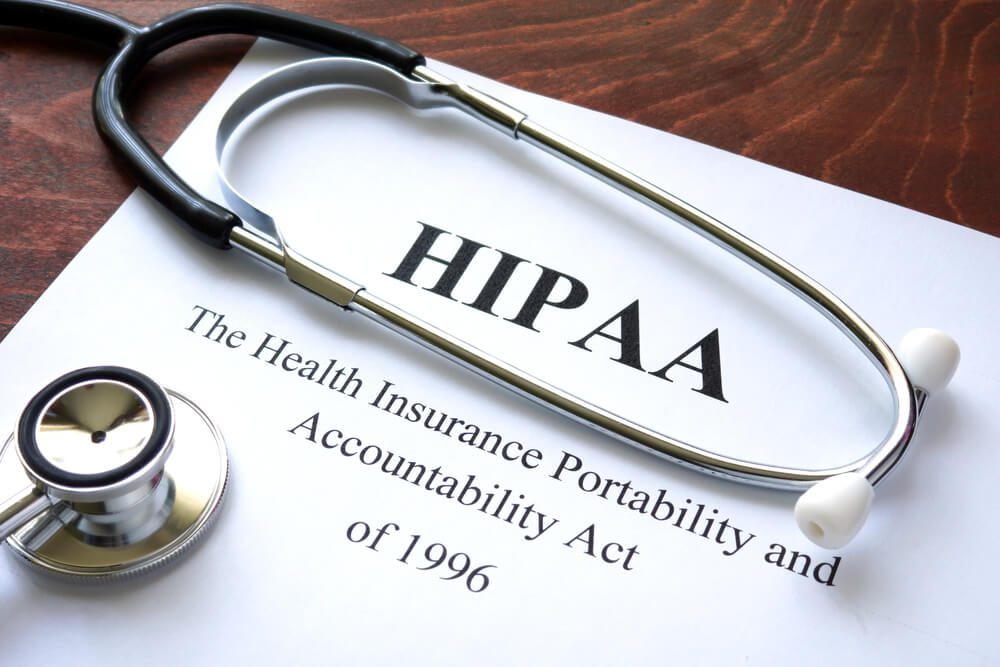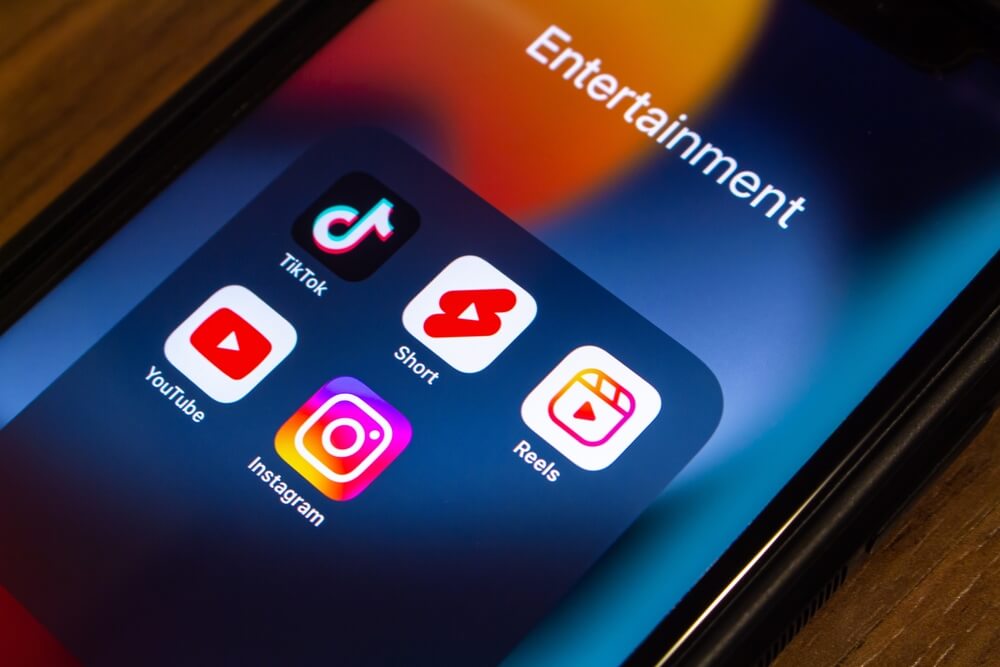
Healthcare Content Marketing: 5 Great Tips To Keep Patients
Health issues affect everyone—the last few years have taught us that much—so it is vital to receive the right kind of help when needed. Learning more about their health is critical for people to make slow, positive strides forward – and they can gain information from your website. Great and timely website content helps you as much as patients do.
Here are five fantastic healthcare content marketing tips to get your campaign running smoothly:
- Connect with the patient
- Follow HIPAA guidelines
- Experiment with content
- Utilize different channels
- Make it accessible for all
There’s a lot to discuss, so get ready to take notes.
Let’s go!
We're the top B2B Content Marketing Agency in America. Watch the video below to learn why.
1. Connect With the Patient
The concept of healthcare content marketing provides a critical service for patients who want to develop a better and clearer understanding of their problems. That is why it works best when it connects with patients and teaches them how to keep themselves healthy.
It is also used to introduce new products and services that patients can use to maintain their health. That is, however, not as easy or plain as marketers would hope because the rules that govern healthcare marketing are strict, especially in cases that use patients’ health information.
Therefore, the goal is to create, publish, and share health content that carries undeniable value for patients without using their specific health issues as leverage. For instance, a great example for the summer is tips on avoiding heatstroke and heat-related health conditions.
The topic is broad but relevant to many people and their individual health concerns. It is also easier to discuss and disseminate because it is a present and real danger to certain sections of the general population (e.g., the elderly and small children). Aim to connect with and help your patients with your site content.
2. Follow HIPAA Guidelines

Patients' privacy is just as much a major concern as their health. The Health Insurance Portability and Accountability Act of 1996 (HIPAA) shows that covered organizations dealing with healthcare issues must comply with laws made to protect patients, including healthcare and insurance providers.
Knowing whether you fall under the category of covered organizations or business associates under HIPAA is vital because that determines whether you are subject to its penalties. HIPAA is concerned with using, storing, and transmitting patients’ protected health information (PHI).
An example of HIPAA compliance within content and content marketing is using patients' names when discussing medical issues. For obvious reasons, it is ethically wrong to single out any person and mention them by name as a case study of a disease or treatment for any reason.
Remember that additional rules may apply when using other channels in conjunction with content marketing (e.g., email marketing). For instance, ask for the patient’s consent before you send them marketing emails related to their PHI. HIPAA keeps all parties protected, so follow it.
3. Experiment With Content
Healthcare content does not have to be boring or taxing; you risk losing people and their interest when you approach healthcare content marketing that way. You do not, however, need to overcompensate in the other direction and oversimplify your healthcare content ideas.
You only need a fresh take on health-related content to strengthen your campaign. For example, if you have built a consistent user or customer base, do not shy away from the ideas they pitch. Asking for content ideas lets you inch closer to what matters to your users.
Another way you can experiment with content is in how you present information to your target audience. Instead of strictly using blog posts, try podcasts or creating a video lecture series for more complex topics. These help you show medical expertise.
The bottom line is that, when it comes to healthcare content marketing, you should always emphasize the patients and what you can do to assist them. Offering valuable information is one way to do that, but the manner in which you do it changes your strategy’s effectiveness.
4. Utilize Different Channels

Similar to the previous point, your healthcare content marketing strategy should not limit how you share your content, given that most patients find information from various sources. However, this is not solely for awareness; more importantly, your presence as an expert combats misinformation.
Apart from your website, look into other digital channels that can bring success to your campaign. A popular choice for many medical practitioners today is YouTube and TikTok because videos, in particular short-form videos, are great for garnering attention. Long-form videos are also useful.
Email marketing is another great way to keep in touch with your target market and inform them of new content. Hosting informational webinars is another method of getting in touch with your audience while building awareness and sharing your expertise in a live video format.
You, of course, do not have to use all channels to be beneficial or profitable for you and your healthcare business. Most importantly, strike a balance that works well for your users while remaining realistic and useful to your business and its goals.
5. Make It Accessible for All
Content as important as healthcare information must be available and accessible to all as much as possible, which is the goal of the Americans with Disabilities Act (ADA). Following the tenets of the ADA enables you to reach people who may have disabilities with your important healthcare messaging.
Website owners must follow standard practices that increase usability for all people, regardless of any disabilities. The Web Content Accessibility Guidelines (WCAG) 2.2 is the most current and recommended model for private businesses and websites.
Although some features are not as easy to immediately implement, such as adding critical navigation options (e.g., keyboard navigation), most are readily applicable. For instance, use plain language in your content and make navigation within pages intuitive for users to follow.
Readability in terms of color and contrast is also a major factor in how accessible and usable information is for people. This affects healthcare content marketing because Google (among other search engines) cares about content as a whole—the value it holds for users and whether it helps them.
Summing Up
Healthcare businesses and private practices have many considerations in their content and marketing strategies. Among them is the how and why of healthcare content marketing. Following basic tips, such as creating diverse and high-quality content, is only the start.
Need help creating a healthcare content marketing strategy that works? Contact Digital Authority Partners (DAP) to learn how we can help.
Want To Meet Our Expert Team?
Book a meeting directly here




